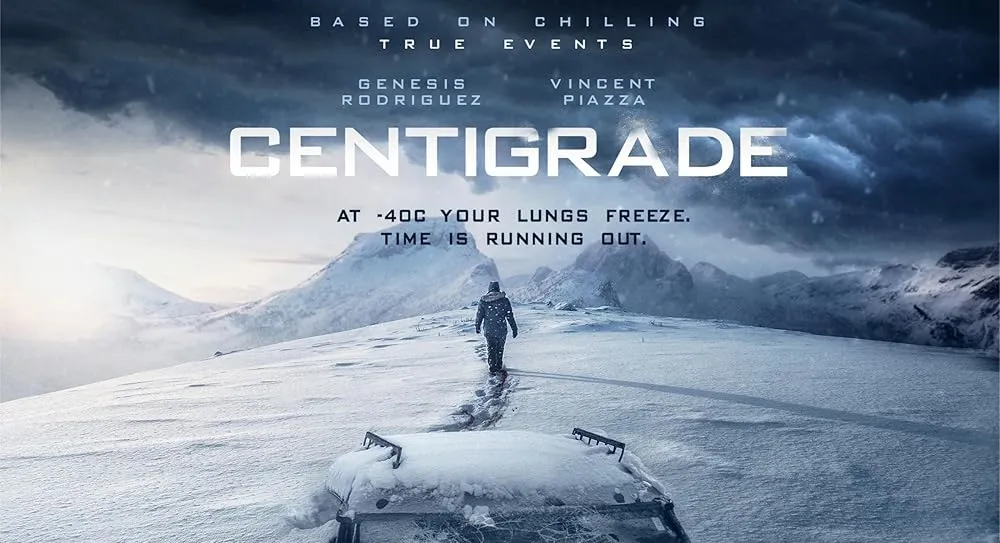“They built the town above the darkness. Now the darkness is waking.”
Before the red balloons floated. Before the yellow raincoat vanished into a storm drain. Before the name “Pennywise” was spoken in a trembling whisper—there was Derry.
In Welcome to Derry (2025), creators Andy Muschietti, Barbara Muschietti, and Jason Fuchs return to the cursed town with a vision that is both a chilling prequel and a tragic origin tale. More than a mere expansion of the IT universe, this series dares to chart the decay beneath the cobblestones, the rot behind the white picket fences, and the centuries-old malevolence that festers in Derry's smiling face.
The show opens with an eerie calm: a pastel-tinted, 1960s Derry that seems—on the surface—unburdened by horror. Kids ride bikes under golden sunlight, shop windows sparkle with summer sales, and the local library is a temple of quiet dreams. But already, the cracks are visible. A missing child’s poster flutters on a lamppost. The sewers moan at night. And in the periphery of the frame, something ancient begins to stir.

Where IT focused on the cyclical confrontation between fear and innocence, Welcome to Derry turns its gaze to the roots of evil—how a town becomes complicit in forgetting, in silence, in sacrifice. It’s not just the entity known as Pennywise that preys on Derry; it’s the culture of denial, the willful blindness that lets horror fester unchecked for generations. Here, the shadows are inherited.
Atmosphere is everything in Welcome to Derry, and the series leans into dread like a hymn. Fog drips down alleyways like spilled milk. Red balloons float not as jump scares, but as spectral punctuation marks in a sentence of growing unease. The cinematography leans cold, almost surgical, with desaturated colors interrupted by sharp splashes of crimson, blue, and circus-light amber—echoes of Pennywise’s palette long before he steps fully into view.
The world of Derry is alive with wrongness. Manholes throb subtly. Static hums through telephone lines at just the wrong frequency. In this show, you don’t scream because something jumps at you—you scream because you feel like you’ve wandered too far into a dream that’s slowly unraveling into a nightmare.
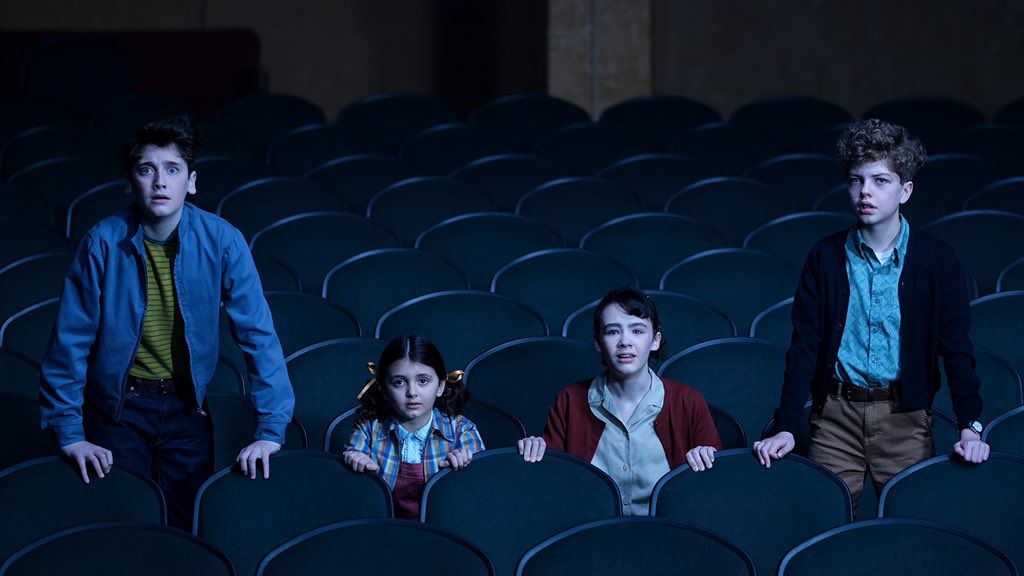
The series introduces a new cast of characters, each tethered to the town in complex, intimate ways. There’s Celeste Rourke, a young Black librarian recently returned to Derry after decades away, played with profound gravity by Amanda Warren. Her return stirs both nostalgia and unease, as she begins to piece together patterns in the town’s history that no one else wants to see. Her quiet unraveling forms one of the emotional anchors of the show.
There’s also Richard “Ricky” Hanlon, a closeted gay teen grappling with his identity in a town that consumes the vulnerable. His storyline—subtly, devastatingly acted by newcomer Callum Wood—evokes a deep terror that has nothing to do with monsters and everything to do with being othered in a place where conformity is safety. Derry punishes difference long before Pennywise sharpens his teeth.
But of course, the series' gravitational center remains the inhuman entity that sleeps beneath Derry. Pennywise is felt more than seen in the early episodes—flashes of color, children’s laughter heard in empty playgrounds, a gloved hand caressing a shattered mirror. When he does finally emerge (in a form that is both familiar and sickeningly new), he does not leap into focus. He drips. He seeps. Played this time by Bill Skarsgård in a much more fragmented, shapeshifting approach, the entity embodies not just fear, but the evolution of fear—changing shape based on each victim’s quietest dread.
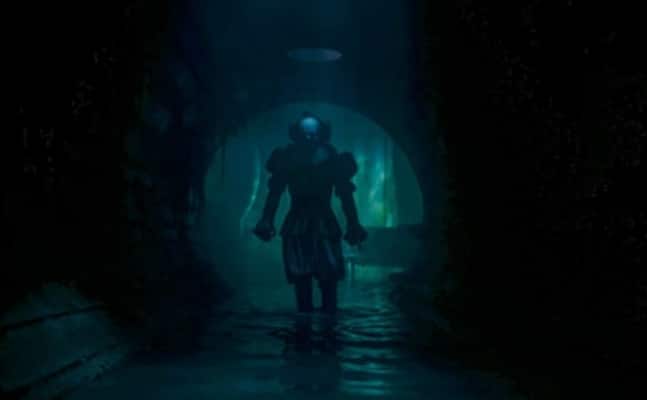
What’s most haunting is the way Derry itself adapts to protect the horror. Police lose reports. Newspapers misprint dates. Victims are blamed or simply forgotten. The town folds in on itself like a dying flower. The series’ most horrifying revelation is not that a monster lives beneath Derry—it’s that everyone, in some deep, subconscious way, knows… and lets it live.
Director Andy Muschietti brings his signature blend of melancholy and menace, but here, he stretches further into slow-burn psychological territory. He’s not just showing us evil. He’s inviting us to sit with it, to feel it breathing down our neck in the empty spaces between scenes. Episodes don’t end with cliffhangers—they end with the feeling that something terrible has just taken one step closer.
There’s a stunning use of sound throughout the series: the creak of bicycle spokes, distorted carousel music, whispers layered with unintelligible voices from Derry’s deep past. Composer Benjamin Wallfisch returns with a score that blends lullaby sweetness with hair-raising distortion. A piano theme that begins as tender becomes corrupted, warping into something that bleeds.
But amid all the horror, there are small, human pulses of beauty. A kiss beneath a streetlamp. A mother’s song. A diary entry that glows with hope before its final, terrifying line. These are the things that Welcome to Derry does best—it remembers that horror means nothing without humanity.
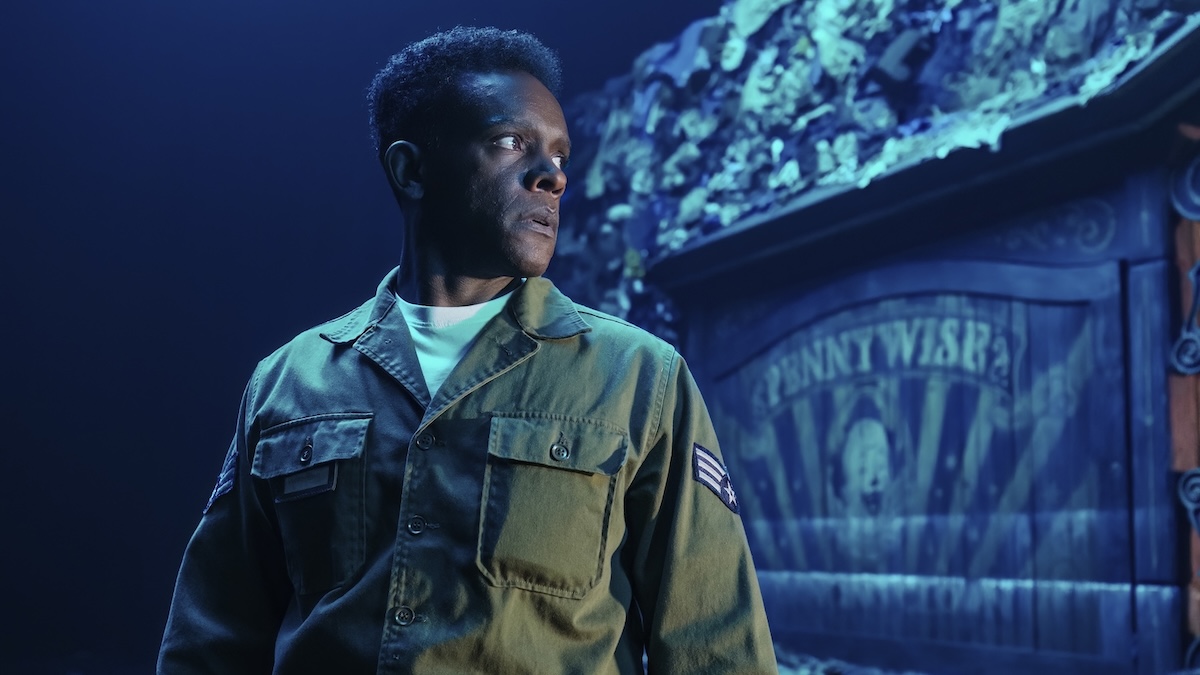
By the time the season draws to a close, we know not only what Derry hides—but what it costs to hide it. The final moments are less a resolution than a recursion, looping back into the mythos of IT, connecting trauma through generations. This is not the beginning. This is the warning.
Welcome to Derry doesn’t try to outdo IT in spectacle. Instead, it deepens the wound, widens the lens, and forces us to ask what horror truly is: the monster beneath the town—or the silence that lets it feed.
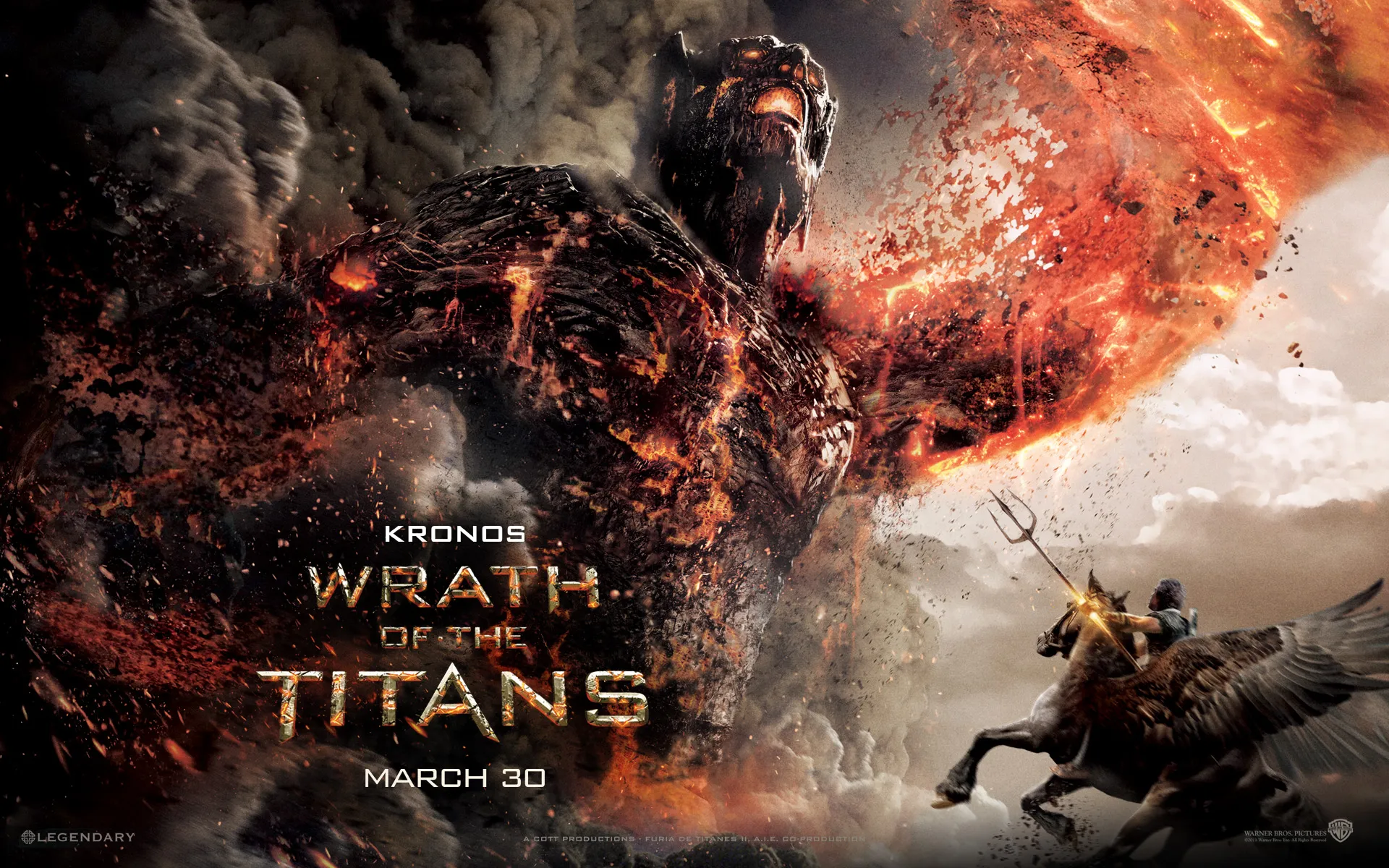
-1754450082-q80.webp)

